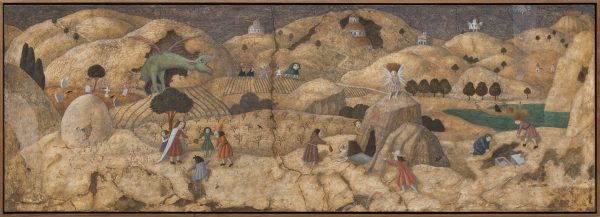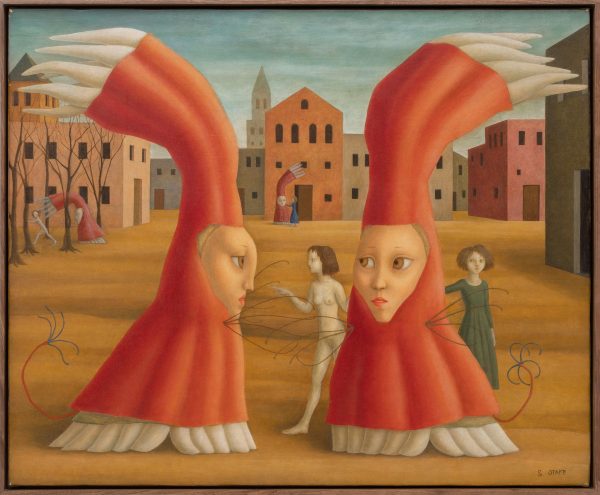Artist: Shigeo Otake
Curator: Zhao Xiaodan
Exhibition Dates: 2023.3.4- 2023.4.16
Venue: Hive Center for Contemporary Art(Beijing)
Address: E06, 798 Art District, Chaoyang District, Beijing, China
Hive Center for Contemporary Art is thrilled to announce the first solo exhibition by Japanese artist Shigeo Otake in China, Shigeo Otake: Fungitopia, opening on March 4, 2023, in exhibition hall A. The title of the exhibition combines the word “fungi” and “utopia”, meaning the land of fungi. This exhibition features Otake’s work from the 1980s to the present, showing the artist’s fascinating and mesmerizing world in a multifaceted manner. The exhibition is curated by Zhao Xiaodan and will be on view until April 16.
Shigeo Otake, born in Kobe, Japan, in 1955, witnessed the post-war Japanese economy from its revival to rapid growth and eventual collapse. He was also a participant in the global surrealism that developed in Japan in the 1960s that collided with the grotesque local culture. In the 1970s, Otake traveled to Europe to study Medieval and Renaissance religious frescoes. Since then, he has been exploring and discovering multiple species, especially fungi, in the rural areas of Kyoto, Japan. From the 1980s to the present day, he has been more closely involved with the Japanese publishing industry and the research community of Cordyceps than with the art community.
Consequently, despite his formal aesthetic education at Kyoto City University of Arts, his connection to a multi-species world has allowed him to wander beyond the divisions of art history over time. In a way, the state of his life is also a profile of his practice. Shigeo Otake creates an otherworld secluded from reality; in it, the various forms of the “inhabitants” were initially inspired by prehistoric lives, insects, and sea creatures. A cicada Cordyceps unearthed in 1985 from a shrine near his residence introduced Otake to the more bizarre world of Cordyceps from edible fungi. Cicadas, spiders and other host larvae infested by the fungus reveal themselves in human form and appear in turn in his works.
This exhibition focuses on Shigeo Otake’s “Journey to Europe” in 1977–78, narrating “The Jungle of Discernment” provided by European cultivation and the mythological structure shaped by the unique context of Japan as The Origin of Affect”, establishing the underlying logic of Otake’s practice in terms of style, representation and narrative. The exploration and research of multiple species have encouraged the artist to venture into a wilderness saturated with primordial symbolisms. The “accidental” discovery of fungi built on his previous research and prompted him to become a fungus hunter in the jungle. “The Changing Appearance of Cordyceps” metamorphoses the infested host larvae into human form in the paintings. In “The Birth of Fungal Generation”, Otake’s allegorical text echoes the elaborate and delicate images, transforming the religious narratives of the Middle Ages and the Renaissance into the reverberations of his practice.
I The Jungle of Discernment
In viewing Shigeo Otake’s work over a twenty-year period starting in the 1980s, stylistically, it is like entering a visual jungle made by Paolo Uccello, Giotto di Bondone, Sandro Botticelli, Giorgio de Chirico and others. For the artist, the high walls of humanism constructed by frescoes and sculptures attached to temple ruins, church sanctuaries, and royal palaces highlight a consistent sense of discernment: a balance of narrative, exploration of techniques, and focus on metaphysics. The intensification of symbolism in medieval and early Renaissance artworks created a seemingly rigid stylistic feature that could serve as an external framework for capturing the culture of Japanese monsters. Western styles provided a metaphorical and symbolic expression that serves as a genealogical paradigm for Otake’s construction of the otherworldly kingdoms.
II The Origin of Affect
Japan’s long and narrow landscape and lush mountains and forests have shaped and preserved a comprehensive system of mystical figures. There is Princess Kaguya from The Tale of the Bamboo Cutter, Momotarō and Princess Gourd in folklore, the tools tainted with spirits transforming into tsukumogami, and Hyakki Yagyō. Shigeo Otake lives in the remote countryside surrounded by cemeteries and shrines, creating an otherworld that is interconnected with various species and reclusive from reality. Like a hunter is familiar with his mountains and forests, the multi-species inhabitants of the real world with supernatural capabilities grow, flourish, coexist and intertwine in his work, constantly sparkling the potential of painting on canvas. The whimsical Japanese mythology and the rustling whispers in the jungle form the origin of affect of Otake’s world of painting.
III The Changing Appearance of Cordyceps
The spores and germinating ascospores of the Cordyceps are like traps in the jungle, waiting for the arrival of their hosts. When the right insects come across the ground or the back of a lead, the spores silently attach themselves to the insect’s shell or epidermis. Over time, the fungus forms budding tubes that pierce the insect’s shell, infesting the body, extracting energy, and taking over consciousness to make it its puppet and an empty shell. The myriad variations of fungal categories and hosts, the eerie and ghostly yet endless forms, are beyond the excitement previously brought to Shigeo Otake by the chimeras coated with human fantasy. In his work, Otake transforms the fungal hosts into human forms, preserving the shape of the fungal ascospores. The discovery and research of Cordyceps over the years have provided enduring nourishment for Otake’s pairings.
IV The Birth of Fungal Generation
From Mobile Fungi Life History (1988-1993) to Fungal Generation (2004-2005), a complete narrative of the fungal world is threaded together: a traveling mobile fungal garden suddenly visits a human town, and the people who visit it are infected with spores and grow fungus; humans struggle to find a cure, they are powerless against the infinite spread of infection. At the end of human civilization, people chose to gather their remaining consciousness together and finally combine with the fungus after many attempts, thus creating the “fungus human”. What is profound about Fungal Generation is Shigeo Otake’s reference to the narrative method of Dante’s Inferno, encapsulating the metaphor of the post-human era in the survival and reproduction patterns of the fungus. If Dante’s Inferno complements the lack of descriptions of the underground world in the Bible, the continuous, complex, and intricate visual experience that Otake reveals through it evokes a spiritual tension.
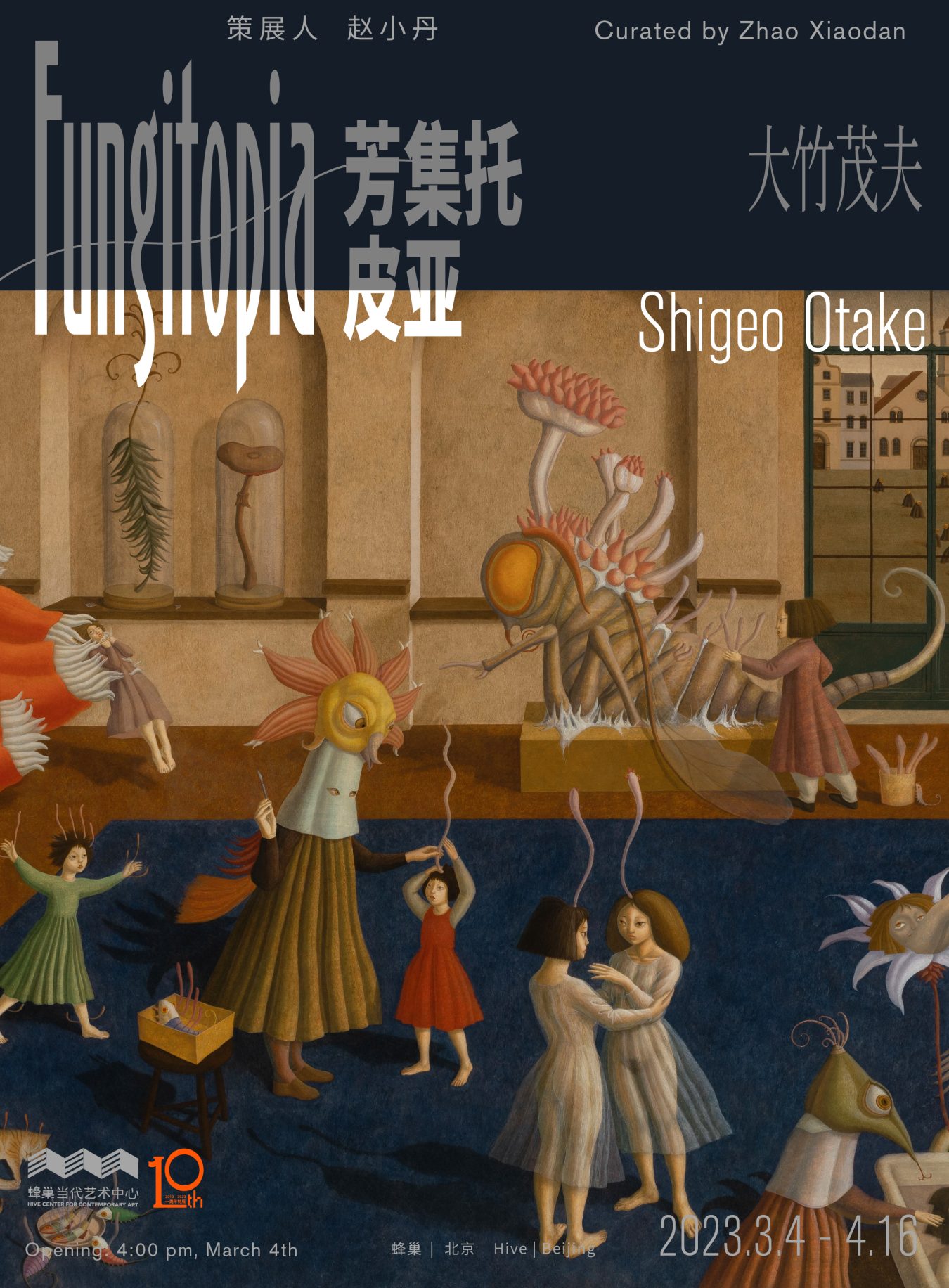



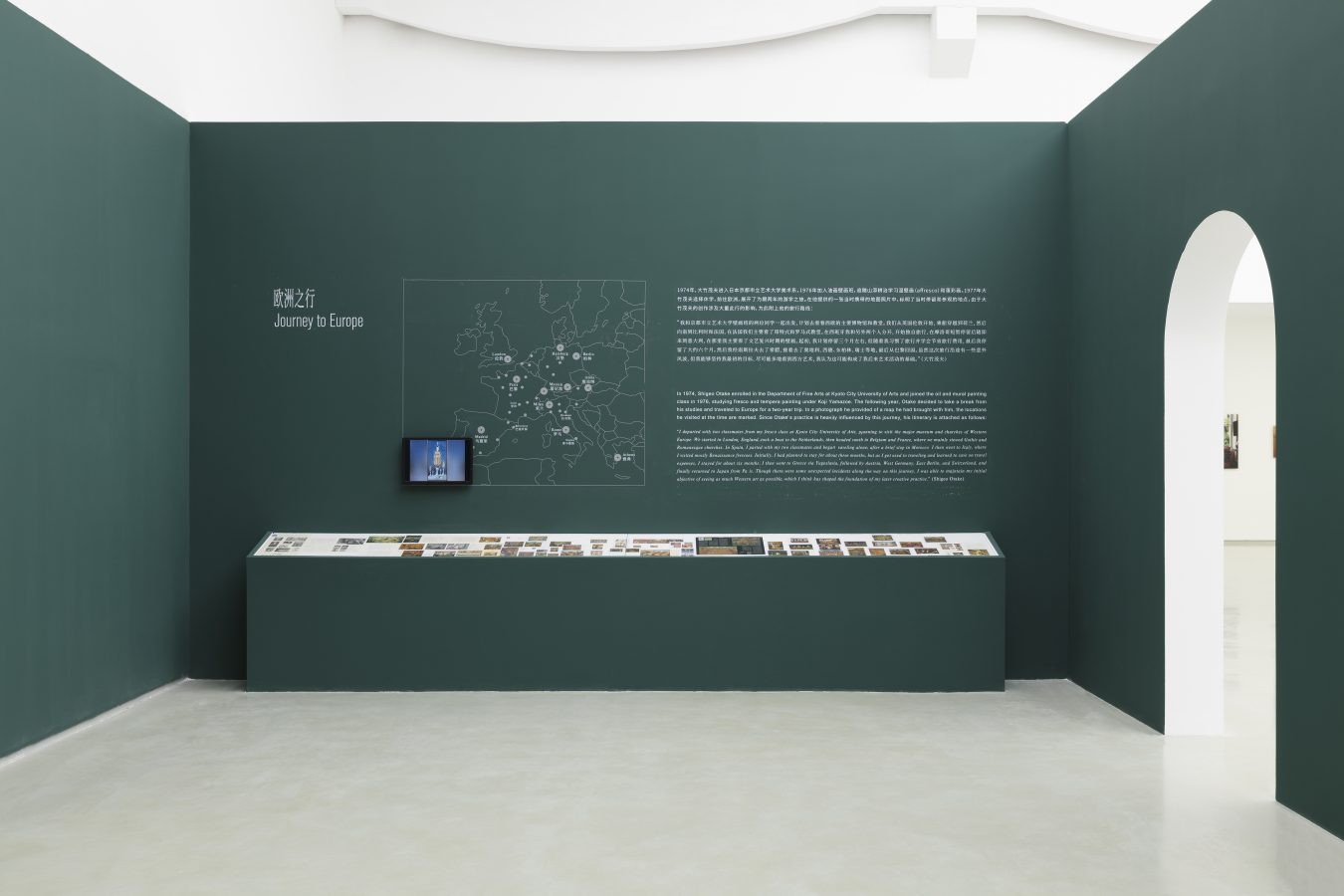

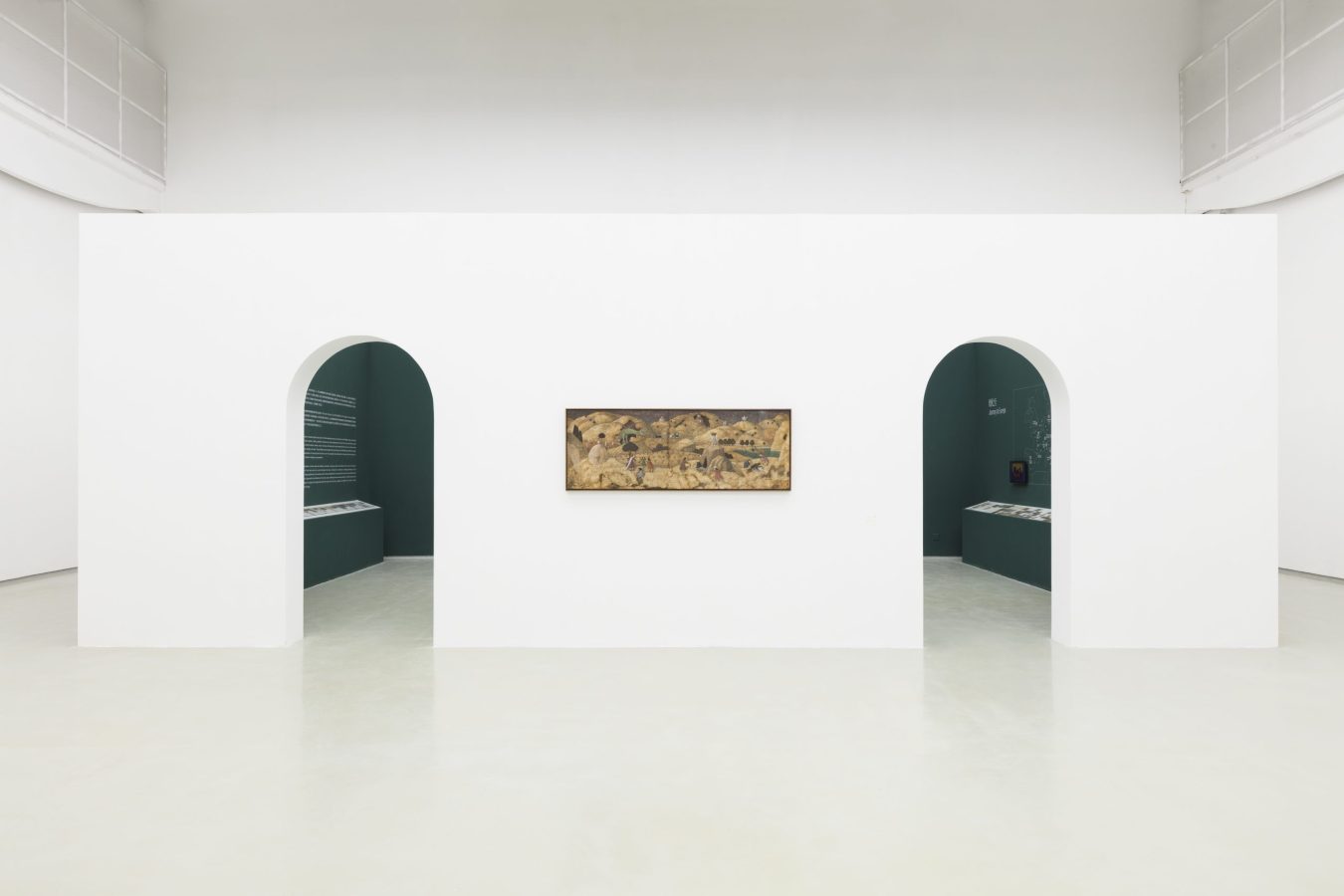
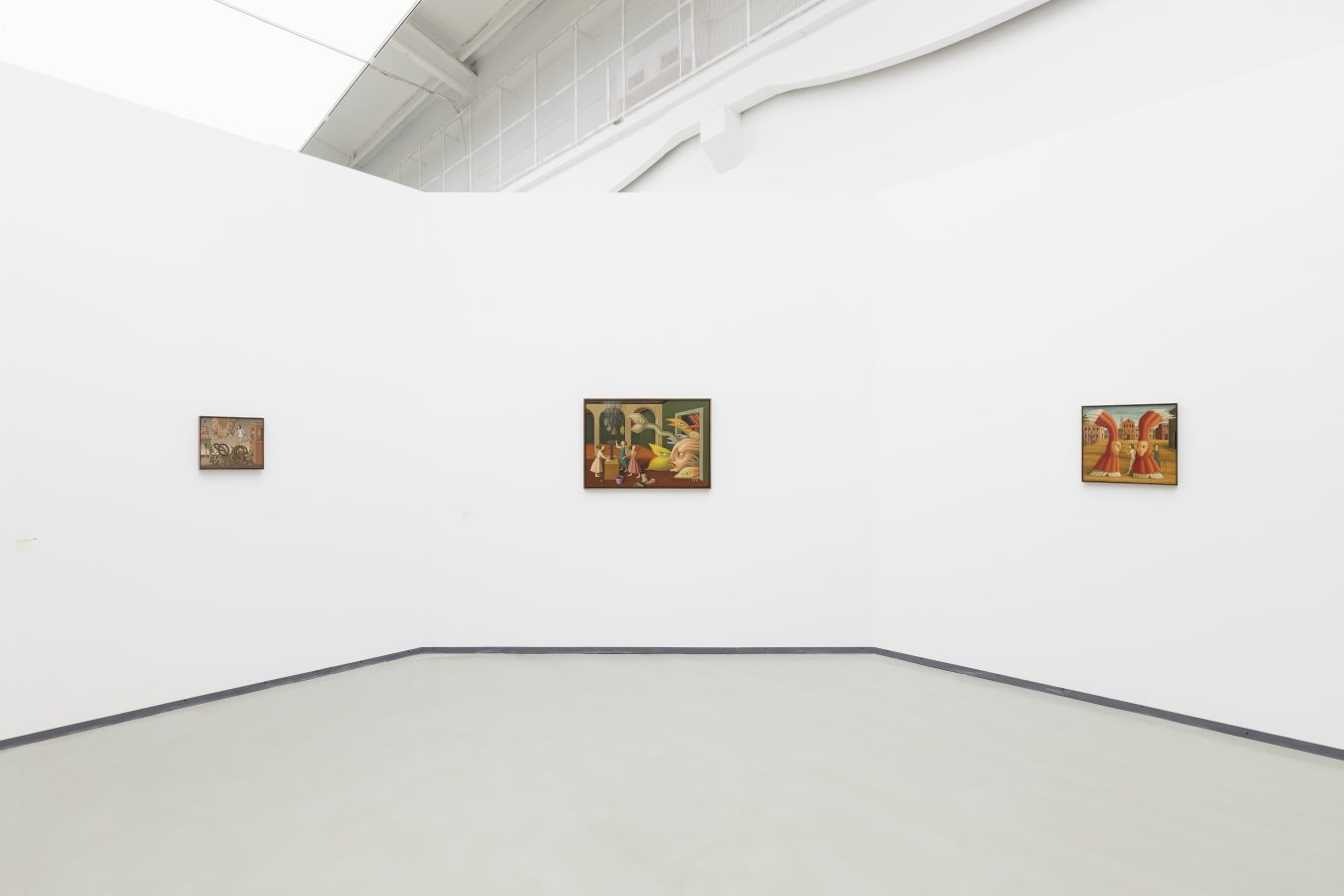


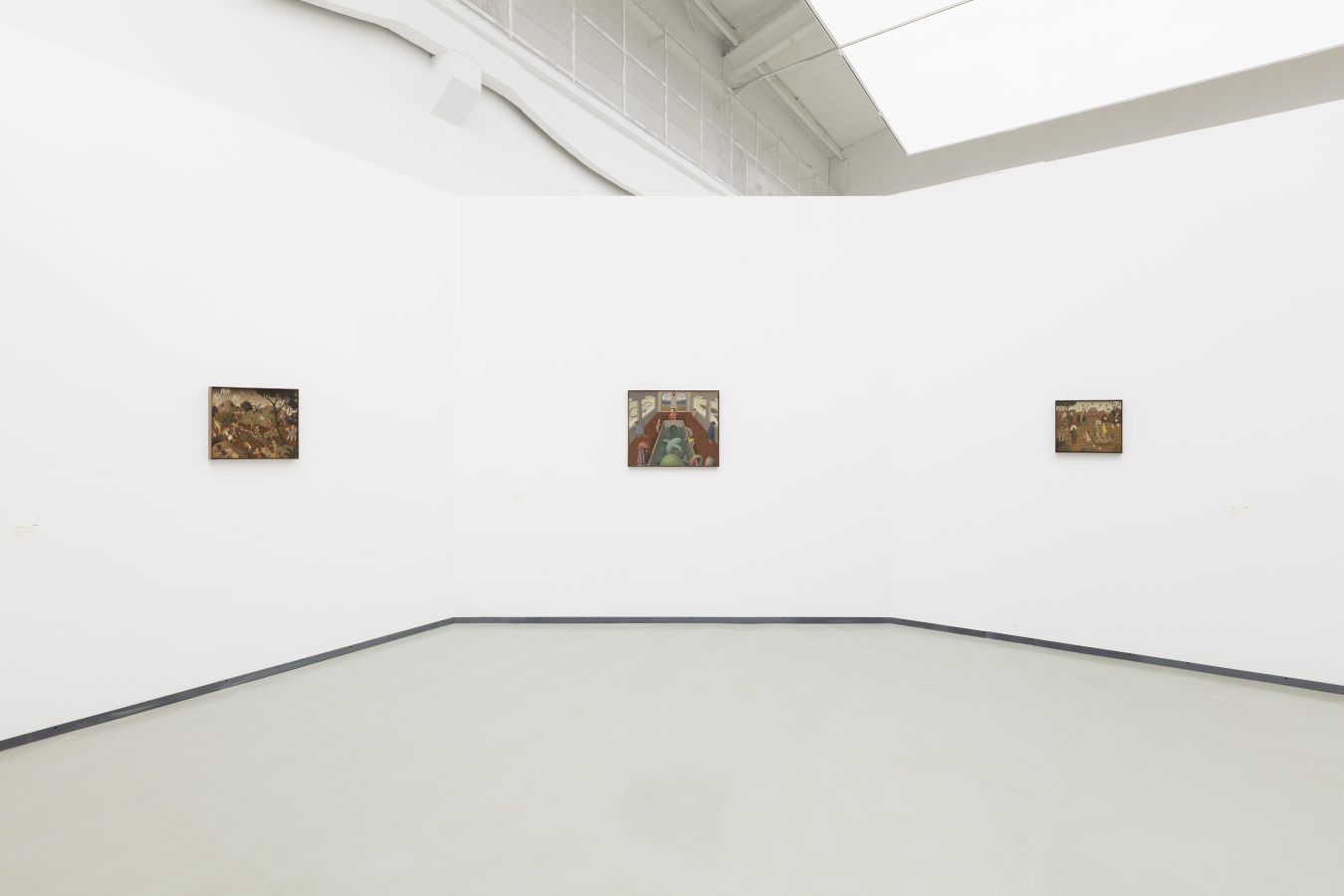


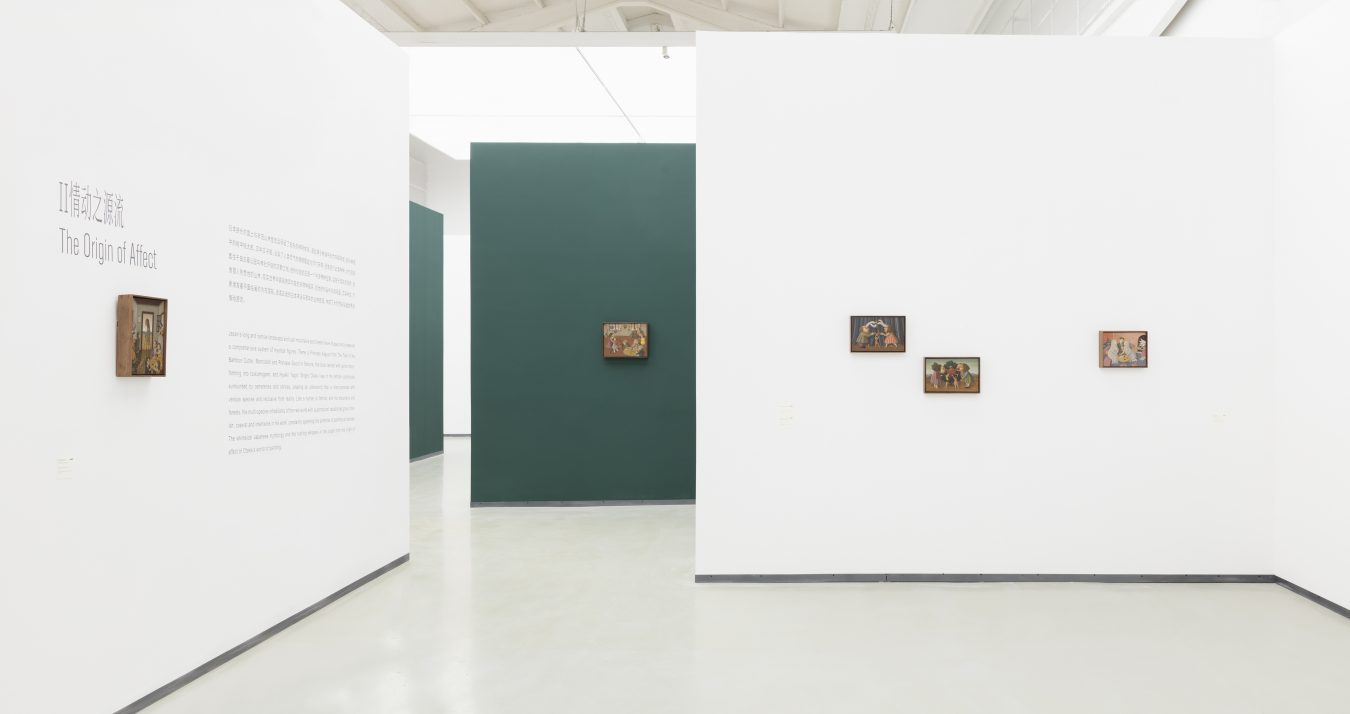
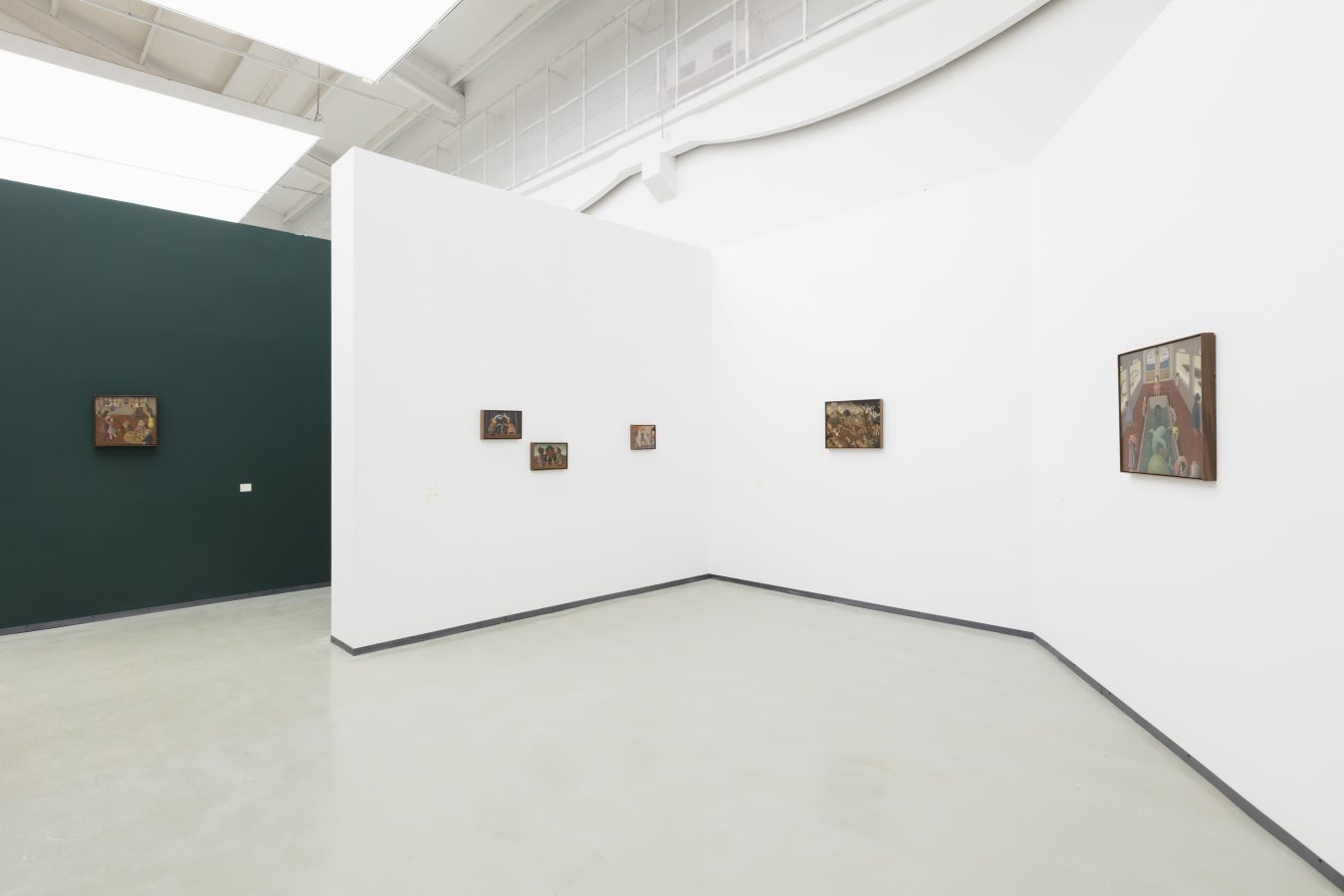
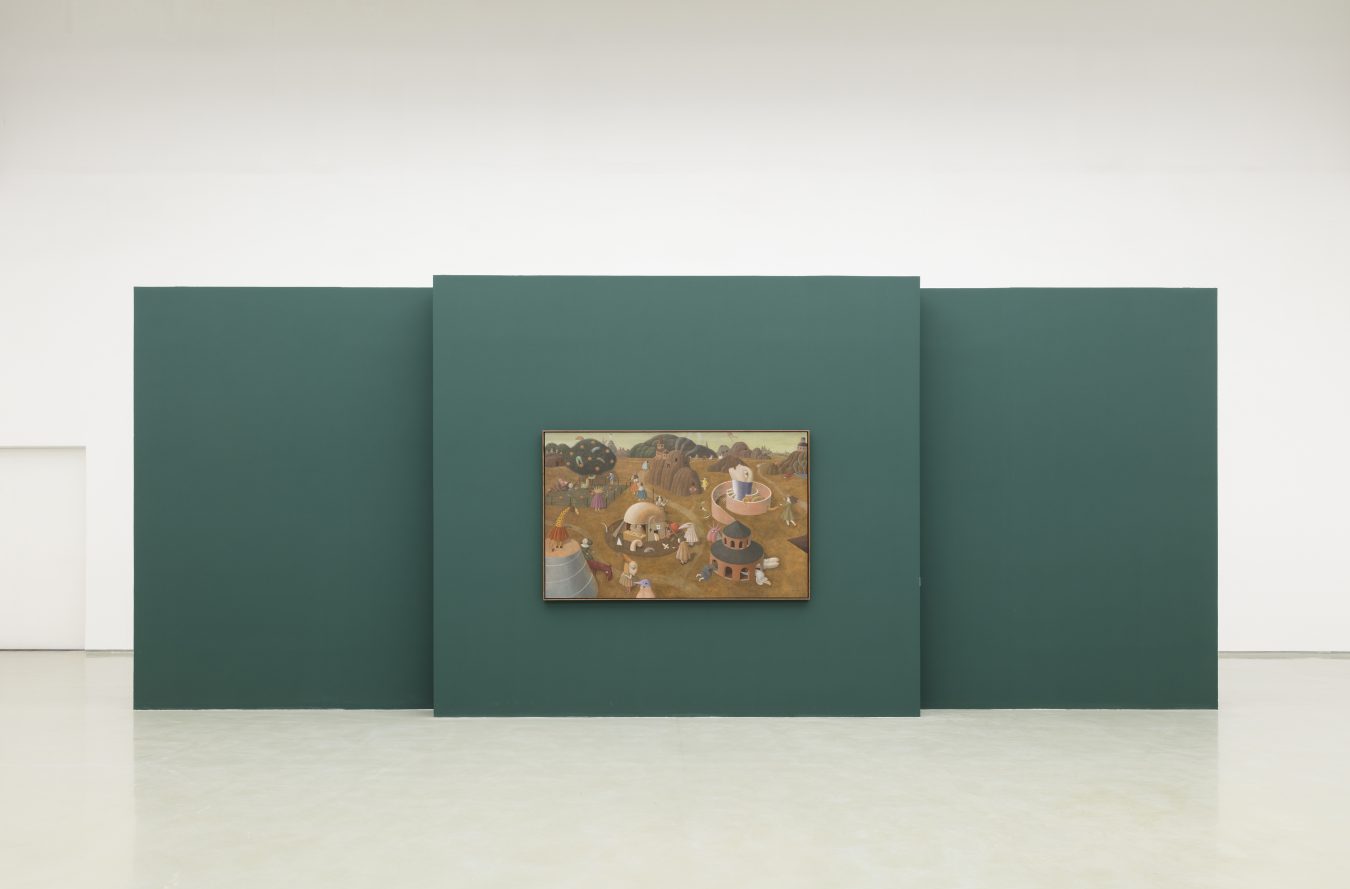

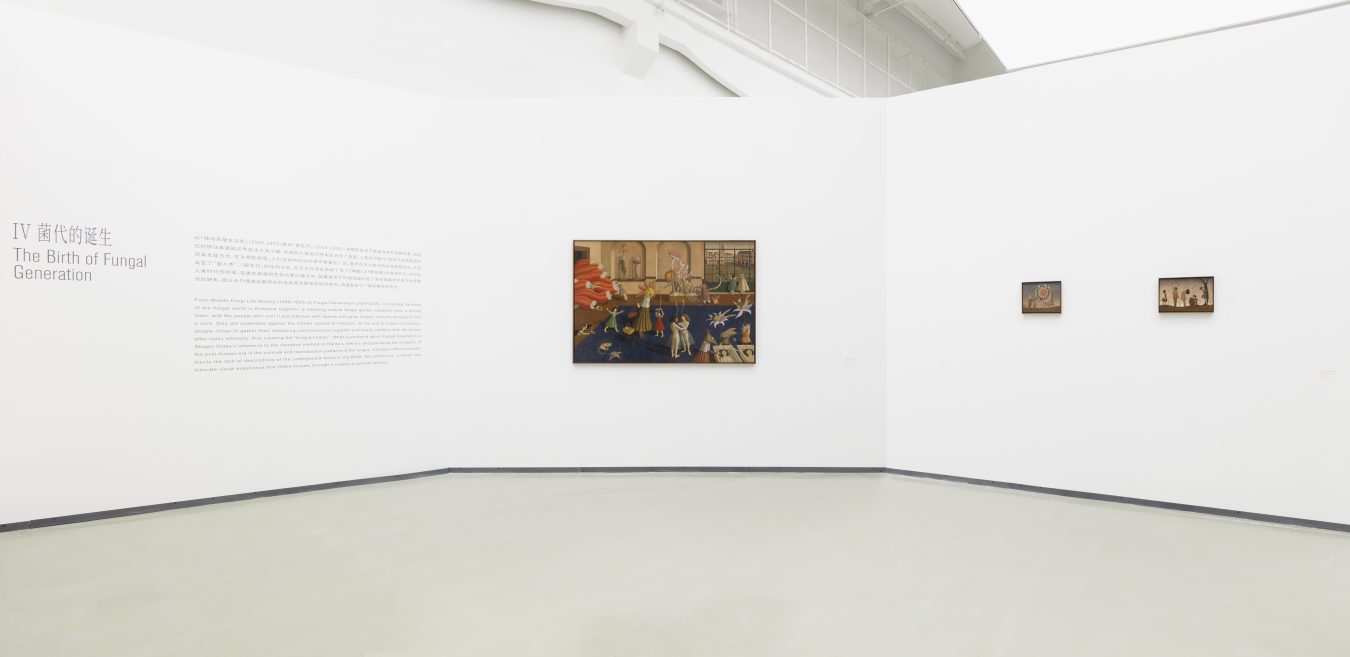

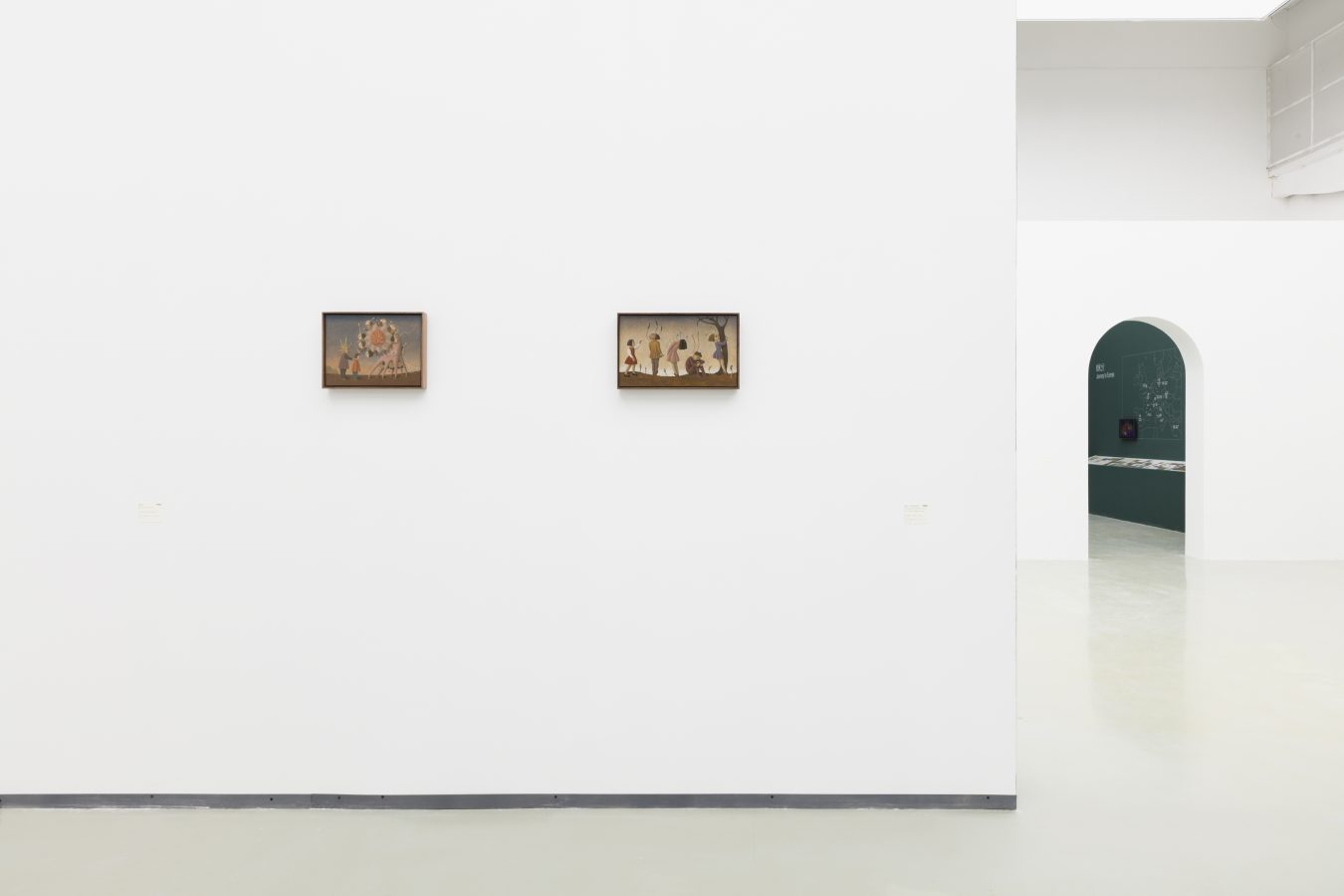
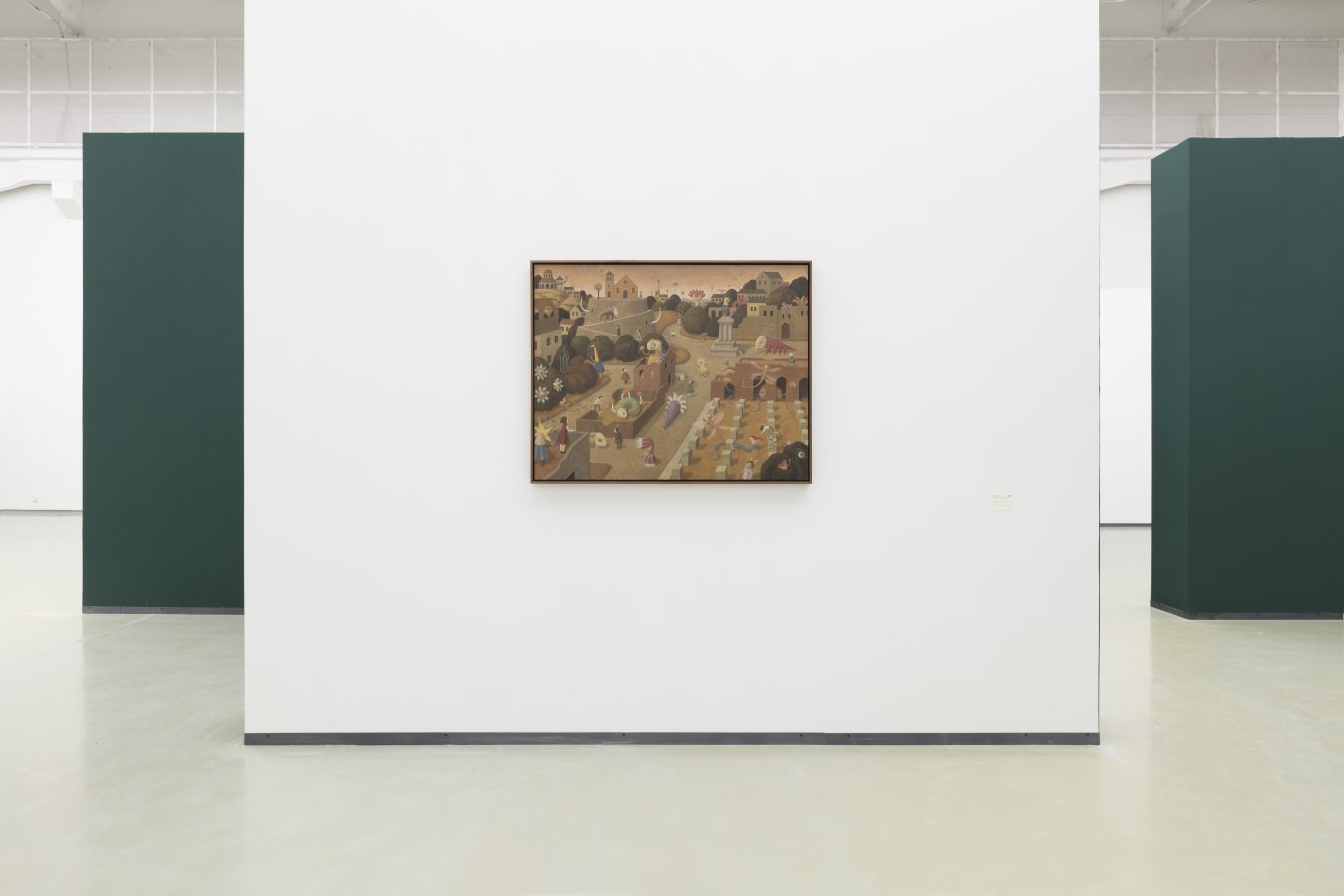
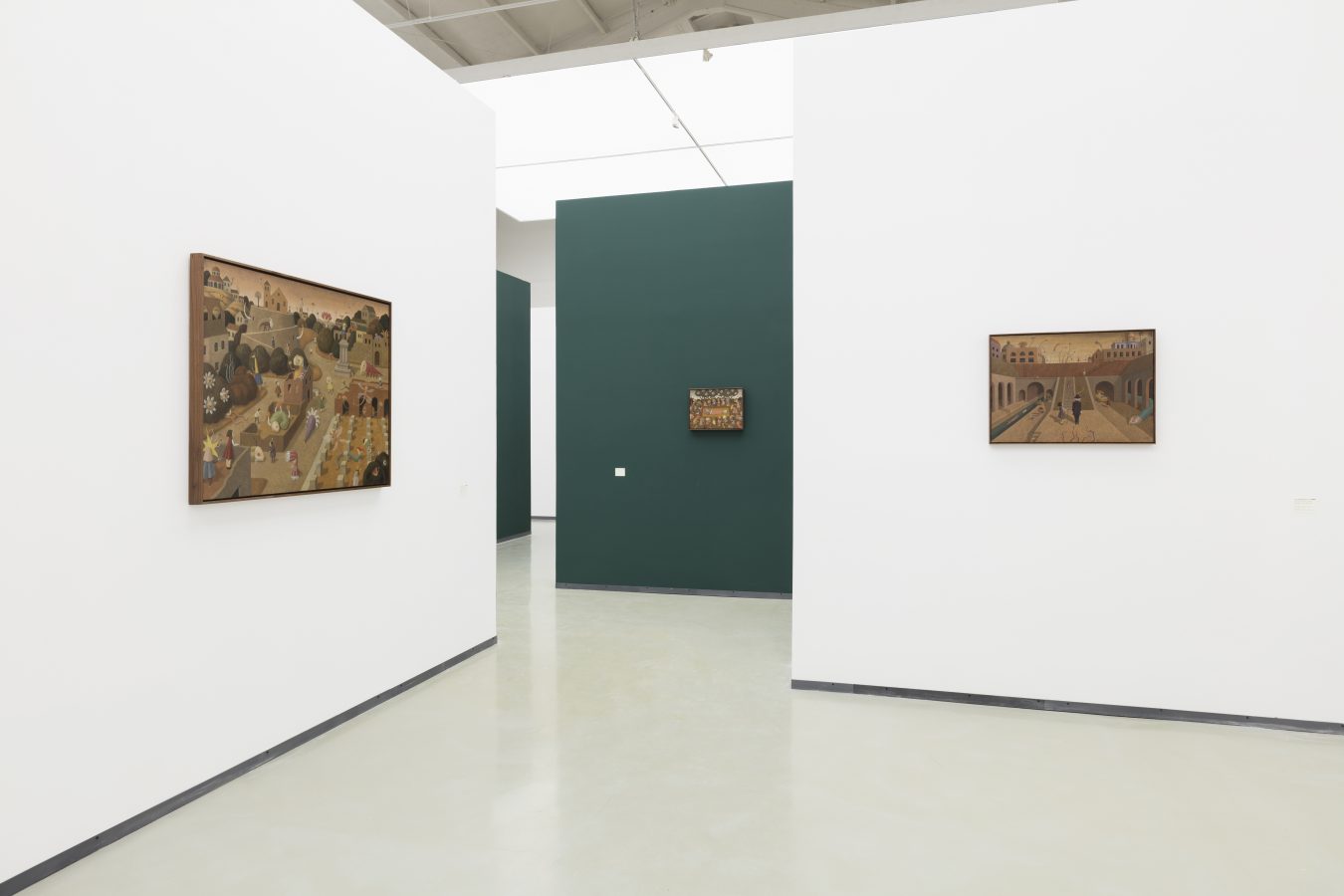

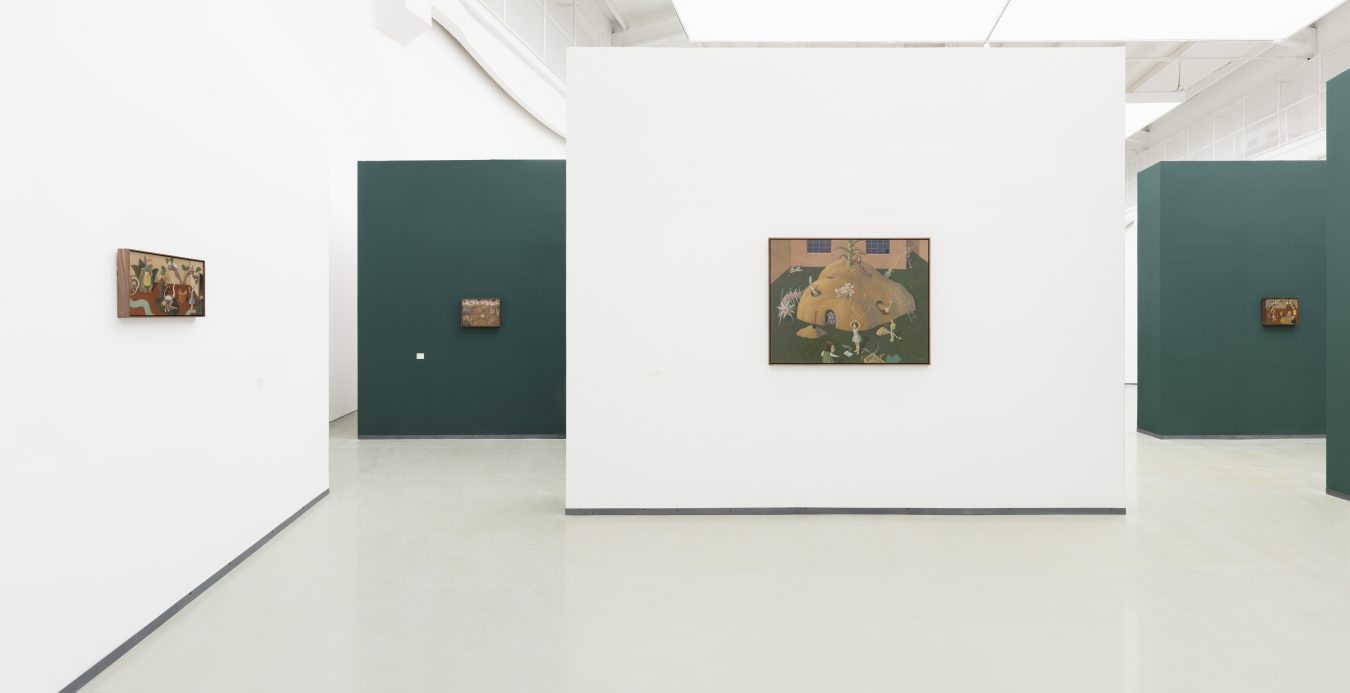
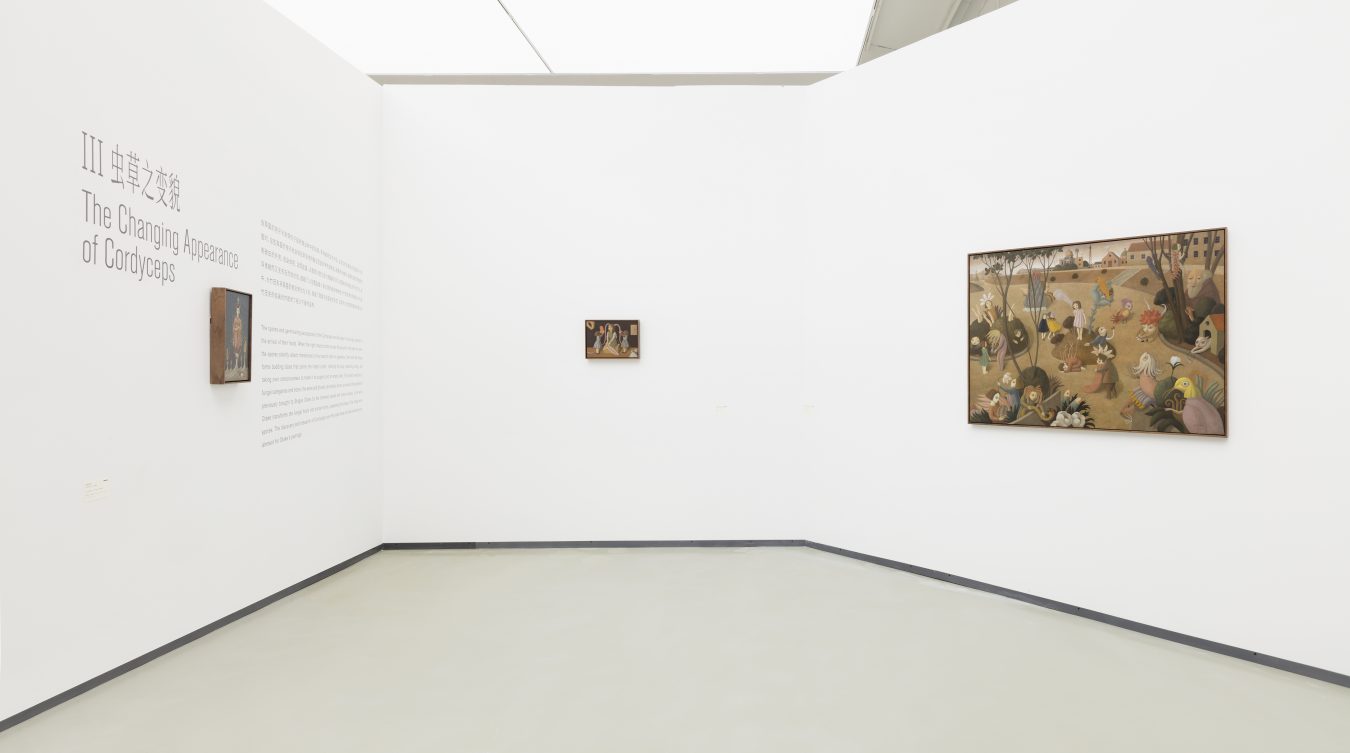
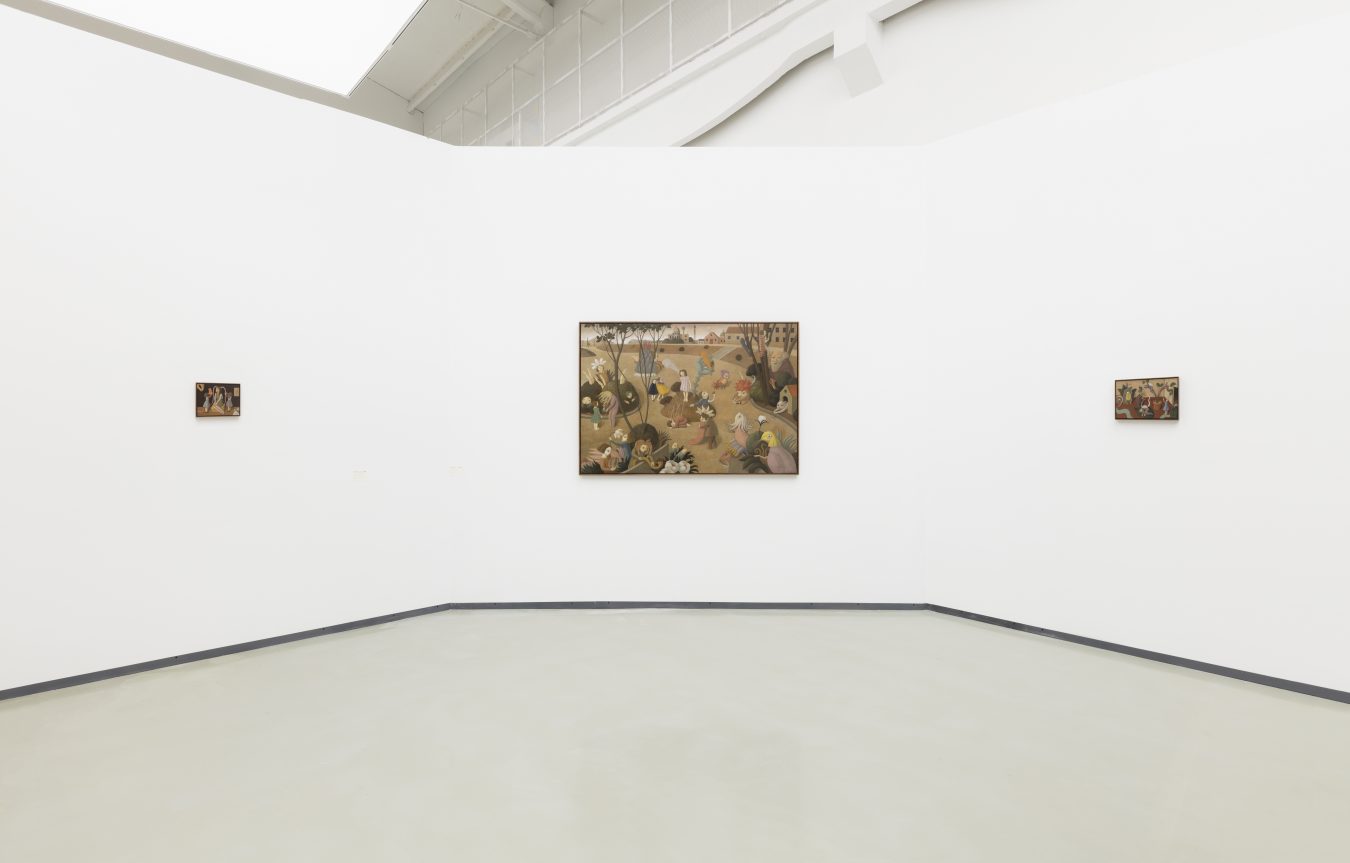

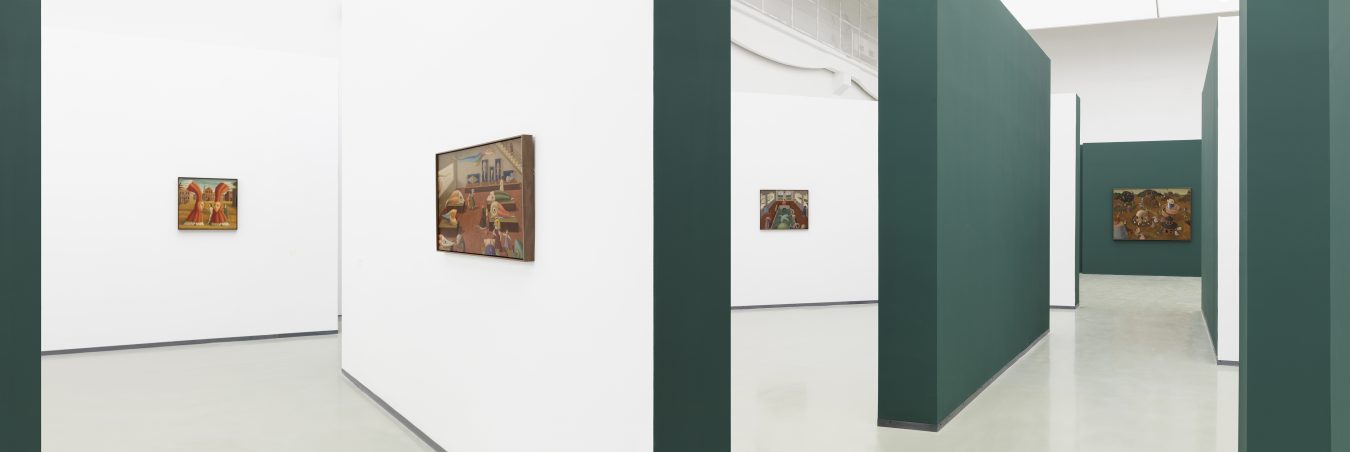

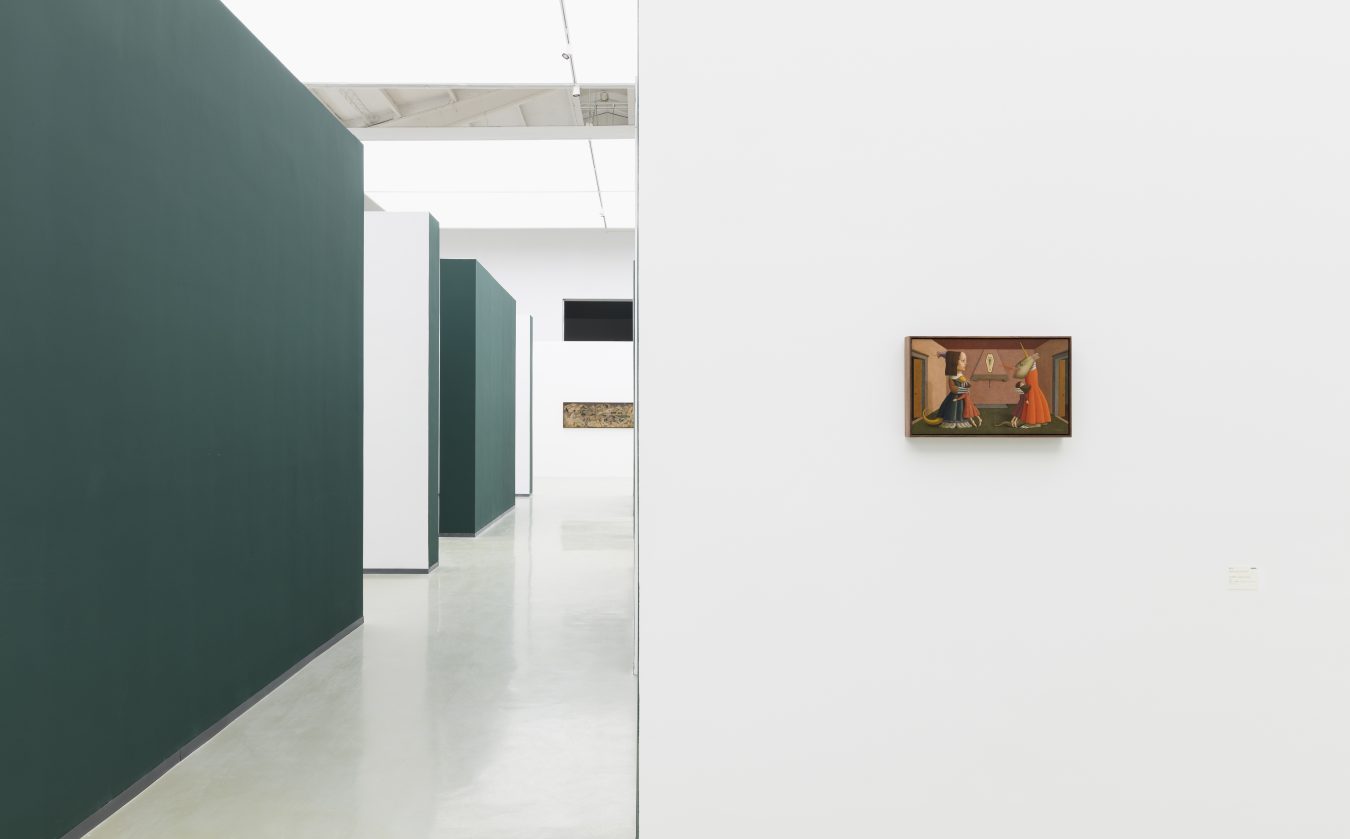



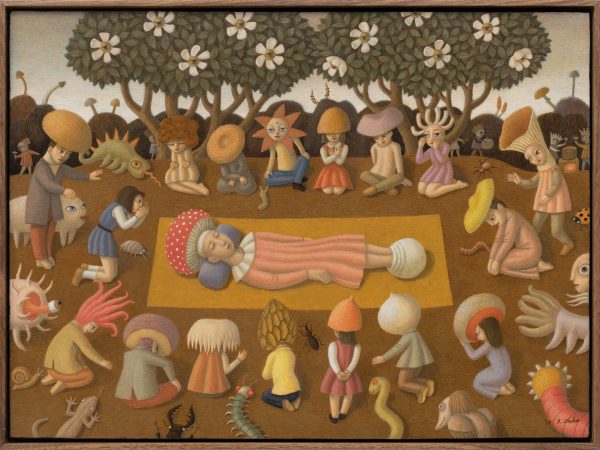
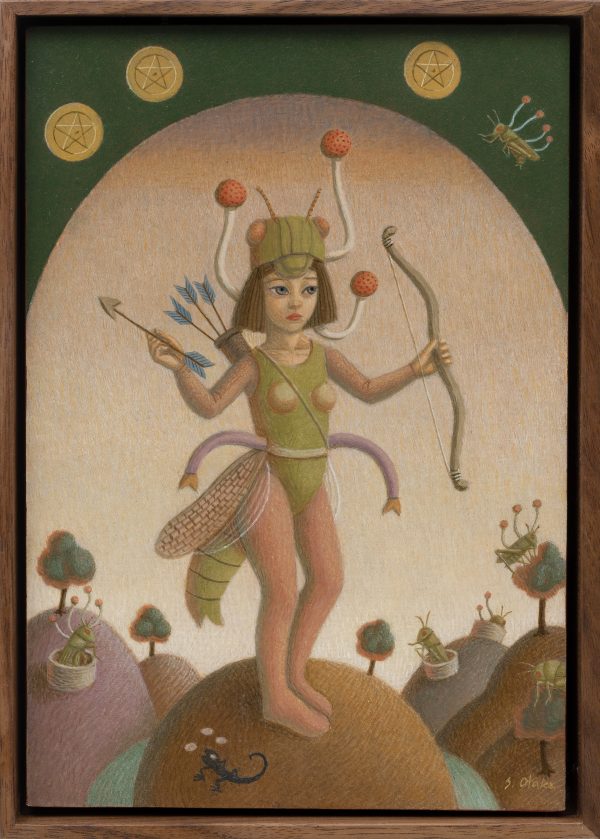





-2012-坦培拉,木板油画-33.4×19.1cm-600x1024.jpg)






Spider-BrideUnika-2009-坦培拉,木板油画-24.3×33.4cm-600x441.jpg)










